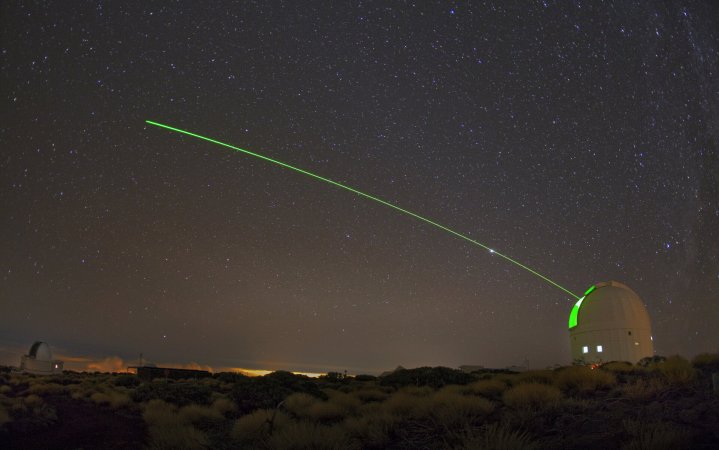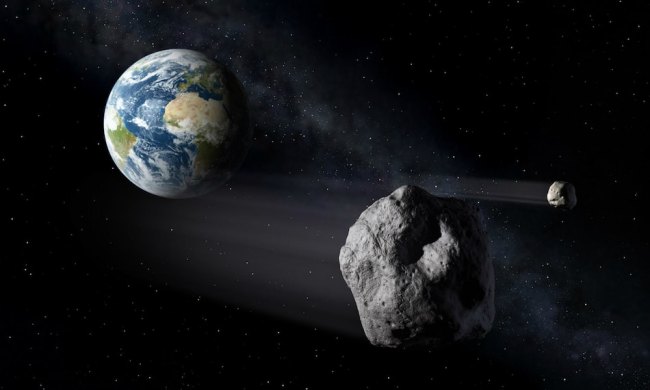This weekend will see the landing of NASA’s first asteroid sample return mission, OSIRIS-REx. The spacecraft visited asteroid Bennu to study, photograph, and scoop up a sample from it, and now OSIRIS-REx is on it’s way back to Earth and is almost here.
On Sunday, September 24, the spacecraft will release the capsule containing the sample, which will land in the Utah desert, where researchers will collect it for study. The spacecraft itself will continue on to study another asteroid, Apophis, and be rechristened OSIRIS-Apex.

As the spacecraft approaches, telescopes on the ground have been able to track it, even though the craft is just a few meters across — or about the size of a van. This week, an image was released by the European Space Agency (ESA) from its Optical Ground Station (OGS) telescope in Tenerife, Spain, showing the incoming spacecraft.

To create this image, 90 images of around 30-second exposure were combined into one. That allowed the image to show the spacecraft when it was 2.9 million miles away, as captured on September 16. The images couldn’t be simply stacked, however, as the spacecraft is not traveling in a straight line. The images were combined to allow for the spacecraft’s motion, which is why the background stars are blurred.

The OGS telescope is used to observe targets in the solar system such as space debris and near-Earth asteroids. That’s appropriate as OSIRIS-REx has already visited one near-Earth asteroid, Bennu, which makes regular close approaches to Earth and even has a remote chance of colliding with Earth in the year 2300. However, because of the way that asteroids are tracked, it’s difficult to predict their future trajectories — so researchers typically only consider the possibility of impacts that might occur within the next 100 years. Don’t worry about it, essentially.
OSIRIS-REx’s next target, Apophis, also makes regular close approaches to Earth — but NASA has confirmed that this asteroid won’t be striking the planet on any of its next three approaches in 2029, 2036, or 2068.



